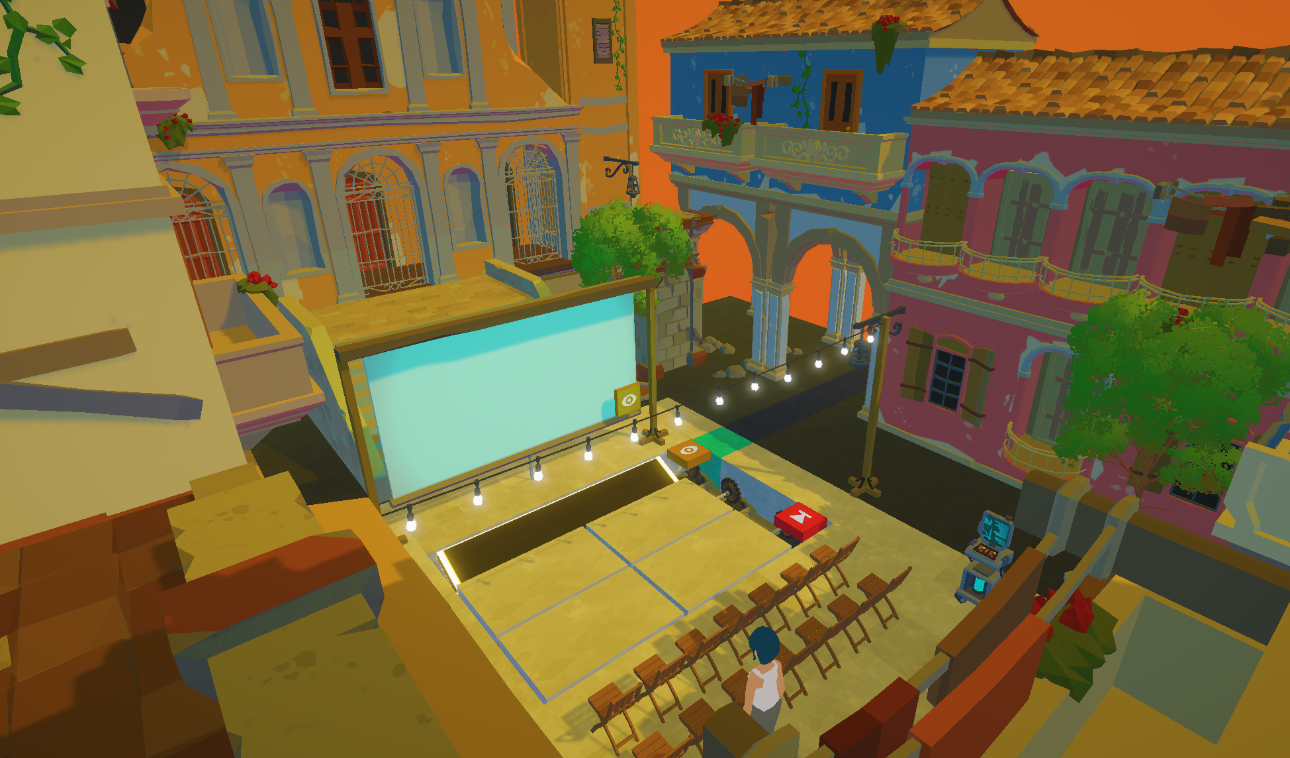Language Pedagogy: A Deep Dive
Overview
Language learning is a dream for millions, but it often turns into a frustrating experience. Traditional language learning apps and methods have left learners struggling to achieve fluency. In fact, only 1 in 2000 complete the Duolingo French Course, and even those few who finish are still only at an "Intermediate-Low" listening level when tested according to Duolingo's own efficacy study. In an attempt to find a better way, we enrolled on UCL Edtech Labs accelerator program and sought to understand why these apps were failing their users and develop new approaches to language learning, in collaboration with academic partners.
My contribution
Writer
The team
Year
2022-2024
Process
The Issue with Traditional Language Learning
Traditional language learning apps and methods focus on translation and puzzle-solving exercises. Unfortunately, these conscious processes are too slow to keep up with real-life conversation or reading. Native speakers and fluent learners use different brain systems, collectively known as the "Language Centre," which are fast enough to process real-life speech.
The Language Centre is developed through exposure to the target language, typically achieved by immersion in a country where the language is spoken. The challenge was to find a way to target the Language Centre from the beginning of a learner's journey, linking sound to meaning before the learner has spent hundreds of hours organically developing these connections.
Dual-Tasking: The Key to Developing the Language Centre
The theory of dual-tasking suggests that our brains can process two streams of thought simultaneously, provided one is verbal and the other is motor-skill related, like singing while riding a bike. This concept led to us to the development of a method that combines speech or text with touchscreen gestures and visual feedback. This unique, fluent brain experience is ideal for stimulating long-term Language Centre development.
Building the Fast Network for Fluency
To achieve fluency in a language, learners need to develop a fast network in their brain devoted to their new language. This fast network, or Sound Meaning Bridge, connects the sounds of the language directly with meaning, allowing learners to understand the language quickly and easily.
Traditional apps, with their focus on translation and grammar, do not effectively develop this fast network. Instead, they train the brain to use slow, conscious processes that can't simultaneously activate sound and meaning.
Immersion Learning: Building the Fast Network
Immersion learning, in which learners are exposed to their target language through activities like listening to radio, watching TV, or living in a country where the language is spoken, is an effective way to build the fast network. Immersion learning works by constantly activating sound and meaning neurons through exposure to countless phrases in a real-world context.
However, immersion learning can be overwhelming, time-consuming, and expensive.
Introducing Artificial Immersion: A New Path to Language Learning
We developed a new approach called "Artificial Immersion," which aims to simultaneously activate sound and meaning every time, not just some of the time.
By rewiring the brain to handle language and physical movement in parallel, Artificial Immersion optimizes the brain to activate sound and meaning reliably. This ground-breaking approach paves the way for more effective, efficient, and enjoyable language learning experiences for learners at all levels.




